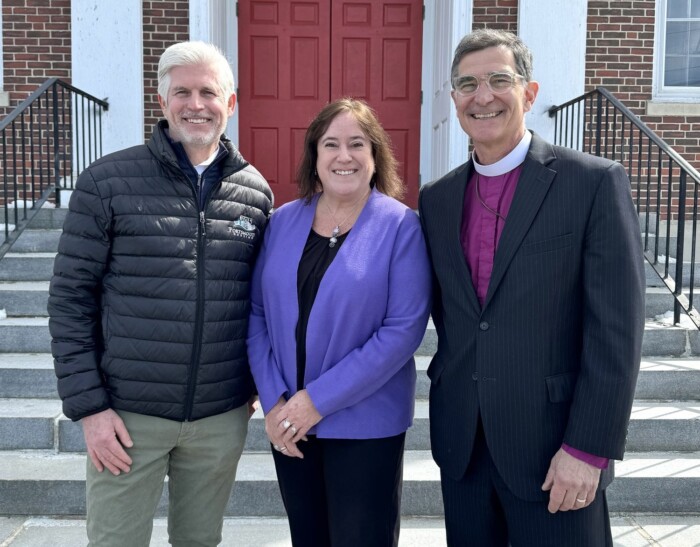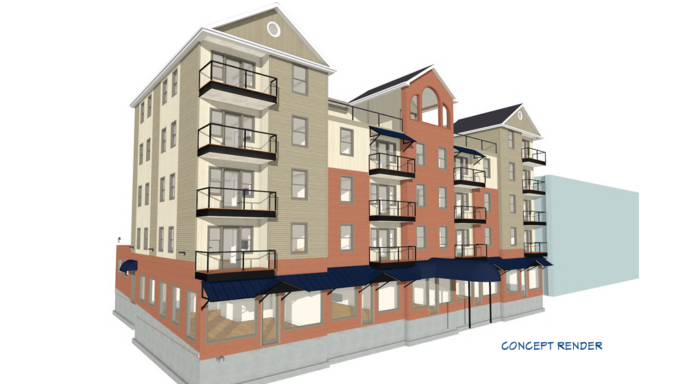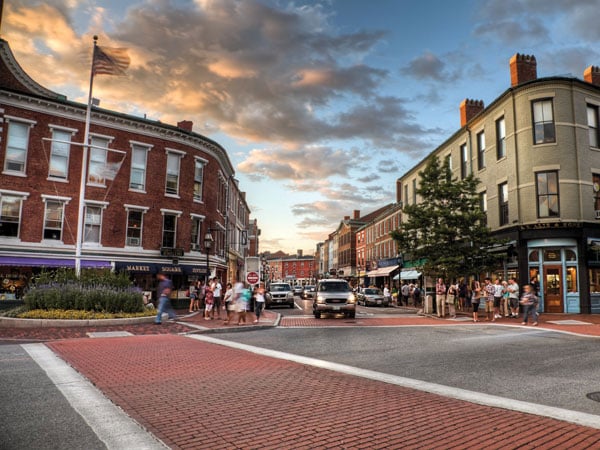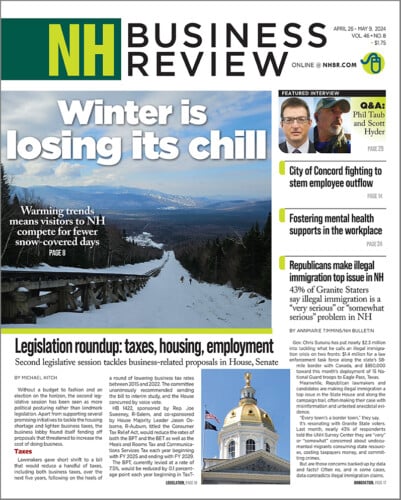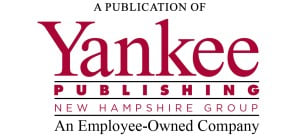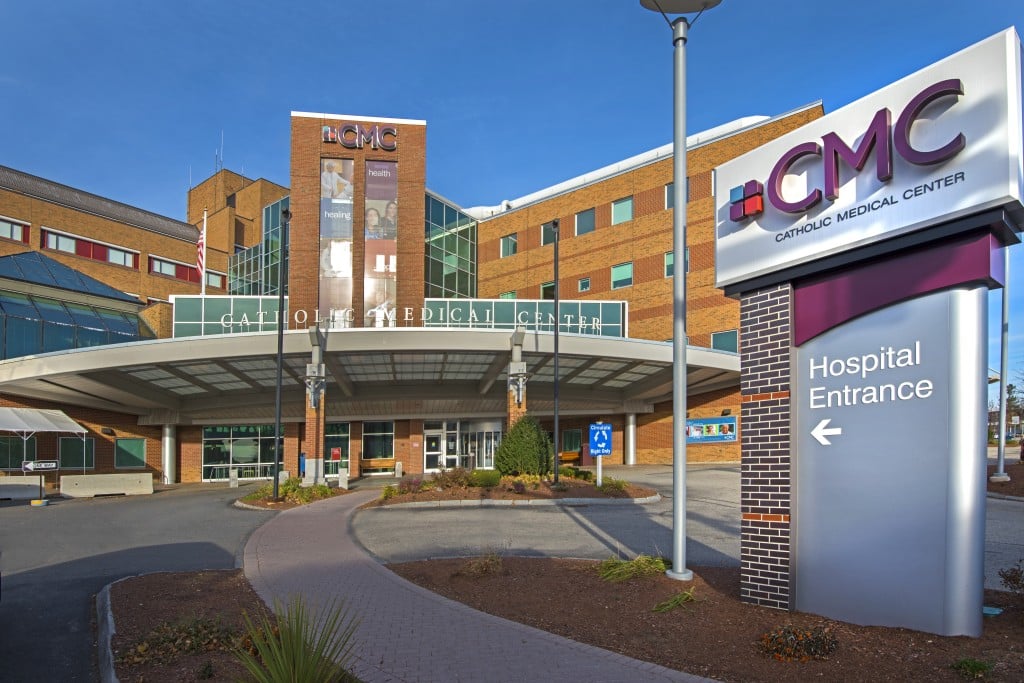Arrivals and a departure
Manchester airport's future poised to fly high
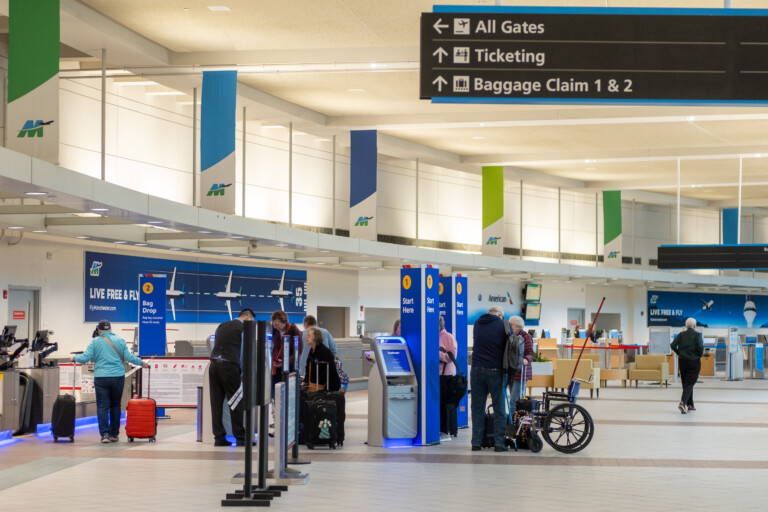
The runway at Manchester-Boston Regional Airport is about to get a lot busier later this summer, and Director Ted Kitchens hopes so will the terminal.
“There’s a tired old trope that’s out there that Manchester is more expensive than Boston used to be,” Kitchen said in a recent phone interview, referencing Boston Logan International Airport. “That was true back in the day, but … now we have four ultra-low-cost carriers. That makes every other airline compete.”
Two new low-cost airlines have announced plans to begin touching down at Manchester-Boston (MHT), and one already connected — Avelo — is chartering new flights twice weekly to Greenville, South Carolina, launching its first from MHT on May 2. Avelo will also increase flights to Raleigh-Durham, North Carolina, from twice weekly to four times per week.
Newcomer carrier Sun Country Airlines plans to offer one flight a week to its home city of Minneapolis beginning Aug. 22. The other addition, Breeze Airways, will launch seasonal twice weekly flights to Charleston, South Carolina, starting June 14, and Fort Myers, Florida, starting Oct. 2. Additionally, Breeze will offer twice weekly nonstop flights year-round to Orlando beginning June 14, and direct flights to Tampa beginning Sept. 5.
Meanwhile, Spirit Airlines — MHT’s first new airline in 17 years when it arrived in 2021 — is suspending its service to the airport on May 8, citing largely seasonal demand for Manchester flights and engine availability issues.
Flights between Minneapolis and Manchester may sound unconventional or leave some questioning if the demand is there, but Kitchens says it’s a well-founded idea.
“One of the things that’s interesting about (Sun Country) is that they bring a lot of Minnesotans wherever they go,” Kitchens said. “If you look at the point of origin for Sun Country into their current New England cities, … Minnesotans account for 65% of all the passengers on the route. We’re hoping there’s going to be a lot of inbound tourism from Minnesota into New Hampshire.”
Like long-lost siblings, Kitchens even says he sees shared qualities of the two cities.
“There’s a lot of great things in Minneapolis; if you’re a Prince fan you’ve got Paisley Park, but you’ve also got a lot of nature out there,” he said. “Up in the north, you’ve got their own Lakes Region, but there’s also a business connection with there — 3M. That’s the largest manufacturing company of medical supplies in the world practically, and with our biofabrication cluster here, there’s a linkage.”
Connections to the Carolinas by Avelo and now Breeze also show something of a bridge between the Granite State and the Tarheel and Palmetto States. Though a vacation destination, Kitchens also highlighted what’s come to be known as the “halfback movement,” where native Northerners may have moved to sunny Florida only to seek a more permanent settlement in mid-south states.
“There’s a lot of inbound migration from Florida into North Carolina and South Carolina because (transplants) want the four seasons, or they want to be closer back to home, but don’t want to come all the way back to New England.”
The slate of statements from Spirit, new arrivals Sun Country and Breeze, and Avelo expanding its presence is a dramatic turnaround from when Kitchens took the helm in 2019, when he said MHT faced a cost per enplanement (CPE) of roughly $13.50.
CPE is the total of all landing fees, airside usage charges, fuel flowage fees, terminal rent and other payments airlines must make to airports, meaning the higher the total, the less of an incentive an airline has to service an airport. While that figure remains about the same today, MHT has drawn in new carriers due to the airport’s restructuring of debt over the last few years.
MHT has reduced the number of necessary annual payments by matching its debt amounts to revenue from Passenger Facility Charges (PFC) — the collection of fees for every eligible passenger at public airports, which support the airport and airline travelers are flying from — based on lower passenger volumes. That’s allowed MHT to zero out nearly 25% of the cost impacting participating airlines.
“That’s what we did, and then the pandemic hit,” Kitchens said, perhaps amused but relieved recalling the timing. “We closed on that first restructuring on March 31, 2020. Thank God we did when we did, because our CPE would have shot up to about $50. As it was, it went up to about $35.”
It’s an impressive state of affairs for the airport, which has also faced inflationary pressures due to rising labor costs of employees, fire protection staff and external support from Londonderry’s police department, as well as the cost of goods at the airport.
“We’ve been able to absorb those because of the debt restructuring, and I like to think it sounds like spin, but it’s really true,” Kitchens said. “Our costs would be way higher than they are right now.”
Despite the longstanding “tired old trope” Kitchens mentioned, travelers are starting to see those lower-cost benefits, with less bustling airport traffic than Boston to boot.
Lakes Region couple Jim and Carol Sullivan were waiting at Baggage Claim 1 for their son to arrive from Florida via a Spirit flight Thursday evening, six weeks after they had used the airline via Manchester to fly down to the Sunshine State with him. Though more limited in destinations, for their use cases they preferred the Queen City over Boston.
“I’d rather be here,” said Jim, a driver for Irving Energy. “It’s not as busy as Boston and much less complicated.”
But MHT’s increased airline roundup isn’t without its growing pains.
“If you’re waiting for an arrival, there’s really no concessions; you have to go through TSA,” he said. “I found one spot at the top of the (center terminal) stairs for a cup of coffee.”
Carol chimed in: “And maybe a waiting area for the airlines if you’re waiting for a gate.”
For Meg Noonan, a travel writer from Hanover, it was more the traveling to the airport portion she saw as an area for improvement.
“The one thing that’s a little tricky is there’s very good transportation from the University of Boston to Logan on a bus, but there’s no organized thing to get here in terms of public transportation,” she said.
Regardless, Noonan — who had just returned from Fort Myers, Florida, via a stop in Charlotte, North Carolina — said she’s used MHT the last few times she’s traveled to Florida for its increasingly affordable airfare.
Kitchens noted that MHT did formerly run a shuttle service to and from the airport, Flight Line, but it’s currently been discontinued. However, it’s something he wants to monitor to improve the airport’s attractiveness to travelers.
“I think there needs to be a discussion had about mass transit connectivity,” he said. “The state subsidizes the bus that heads down into Boston, but it doesn’t stop at the local airport, and it probably should — especially if we’re using state funds to do it.”
It’s one aspect of an economic impact study Kitchens says he’s tasked a consultant to perform to find out how much MHT is losing based on demand leaving the state in favor of Boston Logan, and how to recover that demand to build a bigger, better airport. He anticipates presenting results in July or August to Manchester’s Board of Aldermen and Mayor Jay Ruais, who mentioned MHT’s vitality by pointing to the introduction of more low-cost carriers.
While it’s too early to tell the impact on MHT’s traveler volume that incoming carriers will bring, Kitchens is pleased with a different factor he says the airport dominates in: cargo. The airport saw 1,282,276 passengers last year, but it processed 234,394,554 pounds of cargo, according to an official statistics page, more than all other regional New England airports combined. And in January alone, MHT saw 16,186,759 pounds processed.
It’s an important consideration for Kitchens as he looks five years ahead in the airport’s future.
“UPS and FedEx use us as kind of a northeast New England hub for them to get into Maine and Vermont, and some of the smaller communities up to the north,” Kitchens said. “But getting Amazon here a little over a year and a half ago is taking us to another level with cargo shipments.
“I’m a firm believer in airports having a diversified revenue stream. You’ve got to have strong commercial service, that’s No. 1. But you’ve got to have strong cargo, corporate and general aviation and strong non-aeronautical revenue.”
Big picture, Kitchens’ five-year ambitions are to be at 1 million total enplanements, or 2 million total passengers, and he hopes to keep cargo levels strong.
“It’s going to be harder for us to continue to see 20-30% increases in (cargo) volume,” he said. “But I think if we can get 3-5% increases over the next five years and continue to diversify revenue, I’ll be very happy in 10 years.”
With enough strength and success, he says, MHT might even have to expand its terminal in 10 years.
